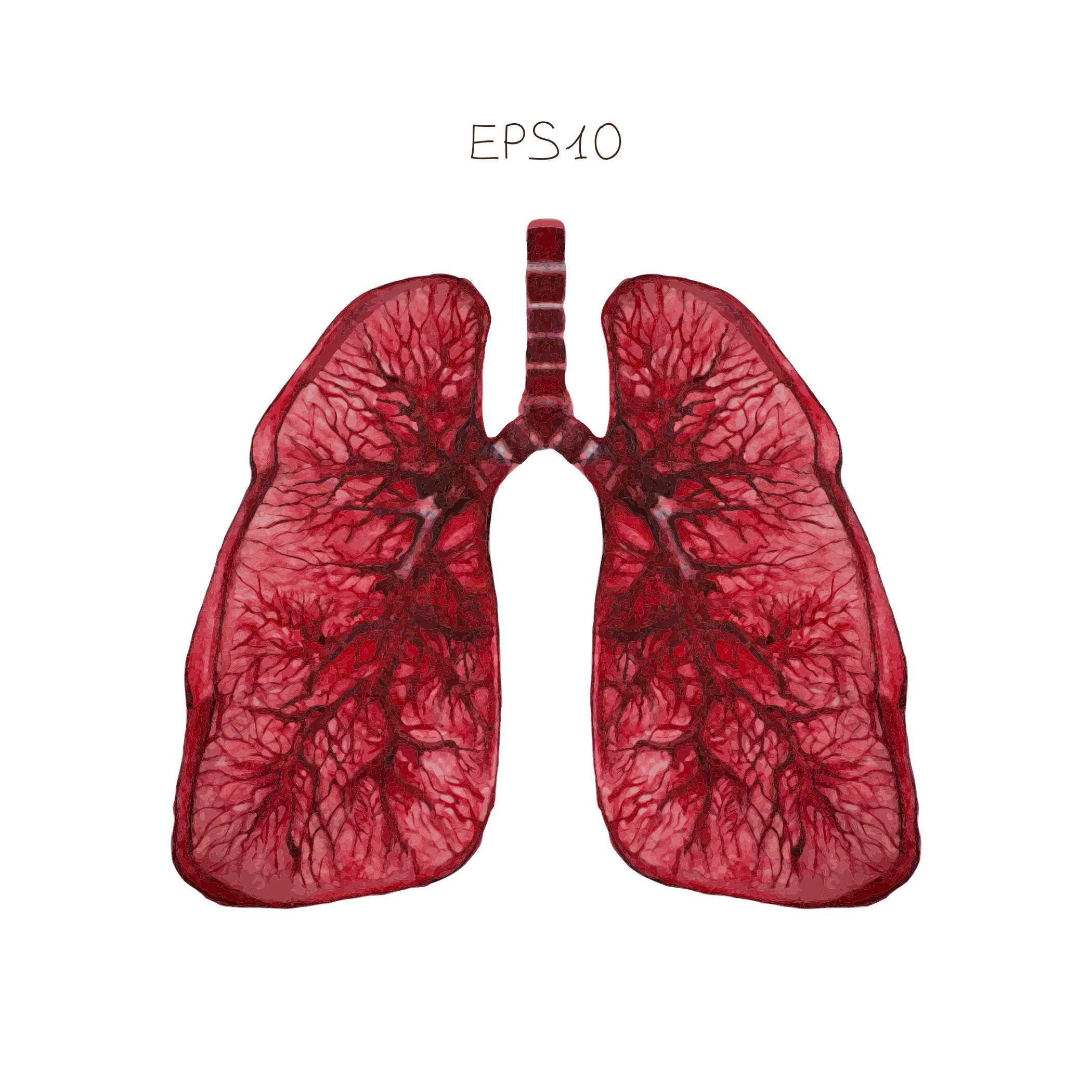In a new study entitled “Smooth muscle cell progenitors are primed to muscularize in pulmonary hypertension,” a team of researchers at the Yale Cardiovascular Research Center discovered unique smooth muscle cell progenitors that are resident in lungs’ vasculature and, when damaged, are primed to respond and ultimately induce pulmonary hypertension. The study was published in the journal Science Translational Medicine.
Pulmonary hypertension is characterized by increased blood pressure in lung vasculature, forcing the heart to make an extra effort to pump the blood into the lungs. As a consequence, the extra workload the heart performs induces hypertrophy in the hearts’ right ventricle, causing right heart failure. The mechanisms underlying pulmonary hypertension are still poorly characterized, but it is known that unmuscularized smooth muscle cells (SMCs) usually becomes muscularized, mostly likely in response to low oxygen (hypoxia). In fact, SMCs have been implicated in the pathogenesis of vascular diseases, including atherosclerosis, aortic aneurysm and pulmonary hypertension.
In this new study, a team of scientists at Yale Cardiovascular Research Center used several genetic mouse models for pulmonary hypertension and human samples and identified a new cell progenitor SMCs – these cells were found at the border of muscular to nonmuscluar tissue in the pulmonary arterioles and express both SMC markers and platelet-derived growth factor receptor-β (PDGFR-β). The team discovered that these specialized cells are “primed” to muscularize in response to an insult, such as hypoxia.
Specifically, authors found that human pulmonary artery SMCs express high levels of a molecule known as KLF4, whose expression is controlled by PDGFR. The team showed that KLF4 is crucial for SMCs migration and “muscularization,” establishing a critical role for KLF4 in pulmonary hypertension. Dr. Daniel M. Greif, study lead author and assistant professor of cardiology commented, “It is remarkable that these progenitor cells are present in the normal lung — almost sitting there poised to multiply and migrate in disease.”
These findings carry a significant therapeutic potential, since targeting specific pathways in these cells may allow reserachers to halt pulmonary hypertension progression, as Dr. Greif noted, “If a patient is diagnosed early, and these cells could be targeted and manipulated, we could potentially attenuate the course of the patient’s disease.”

